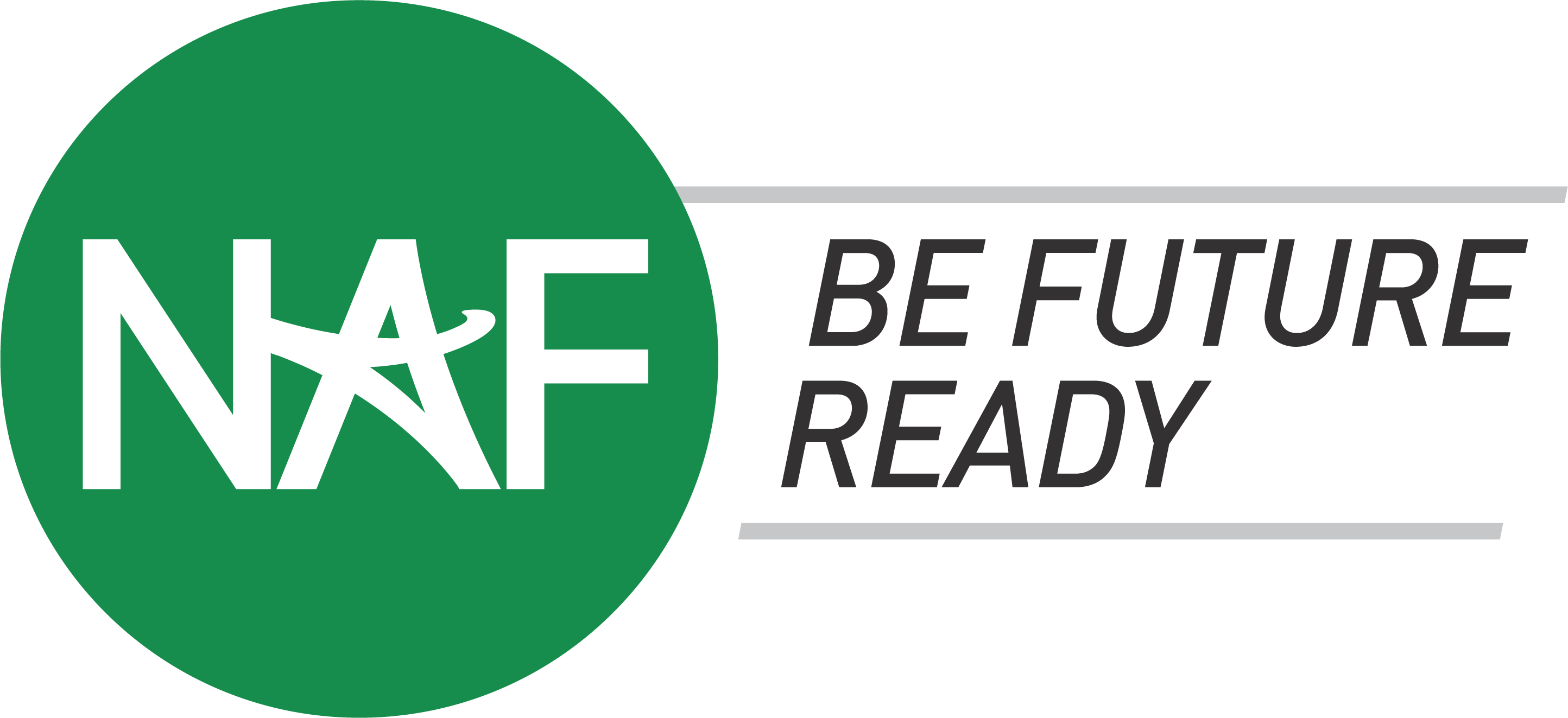The Open Data Index for Schools, a new data tool programmed by an education nonprofit, offers a buffet of federal data within school attendance boundaries. Here’s how local government agencies can use it.

Federal data can be difficult to wrangle, but a new tool created by a nonprofit aims to remove some of the heavy lifting to help create a clear picture of communities socioeconomic needs — specifically within school attendance boundaries.
NAF, an education nonprofit, collaborated with the NYU Marron Institute of Urban Management to develop the Open Data Index for Schools (ODIS), a free, open data resource designed to give insights into the barriers and challenges facing students in historically marginalized school communities.

The tool combines data from more than 23,000 public high school communities across the country to communicate barriers at specific school attendance boundaries for public high schools, magnet schools and charter schools. The data comes from 17 different sources, including the Bureau of Labor Statistics, U.S. Census Bureau, County Health Rankings and Roadmaps, City Health Dashboard and Vera Institute.
The data is aggregated to school attendance boundaries, the geographic area that students are eligible to attend a designated school. It was created as an alternative database to the National School Lunch Program (NSLP), which reports how many K-12 students are eligible for free or reduced-price meals.
“There’s a great deal of scholarship that is showing free and reduced-price lunch is becoming less and less reliable over time. It traditionally has been used as a proxy for students living in poverty, but due to policy changes in the way it’s reported it’s become less accurate at describing and acting as a proxy for students living in poverty,” said NAF Director of Research and Reporting Nick Minar, adding that NAF approached NYU Marron Institute for Urban Management to create an index that could be easily understood to describe a full spectrum of barriers that school communities face on a day-to-day basis.
“If I’m a policymaker or someone allocating resources in some way, and I have three school communities that all have 100 percent free and reduced lunch, that doesn’t really tell me anything about the unique challenges that community may be facing. But ODIS can pinpoint: Are they facing economic challenges? Are they facing access to health-care challenges? It provides much more nuance in that way for people to start partnering with those communities and plan out workable solutions.”
For a preview of the insights that can be gained from ODIS, Government Technology created a map that illustrates the education opportunity gap within each state, by plotting the attendance boundaries with the greatest and lowest barriers in each state.
Assuming that ODIS would be used by people who are not data experts, the nonprofit worked with education professionals, corporate philanthropists and nonprofit leaders to put data for each metric on a scale of 1 to 100. Low numbers indicate few barriers, while higher numbers indicate a greater amount of community stress.
A composite total is given to each district that combines all of the data sources. The ODIS composite = ⅕ economic stress + ⅕ education stress + ⅕ health stress + ⅕ housing stress + ⅕ crime stress.
“Sometimes even though it is publicly available data, they’re not in the most readable format or most usable format. Sometimes it does take a data person to decipher it. So that’s where we’re trying to cut that out,” said Minar. “All these data sources are open, they’re available to the public, that data is already out there, we are just using ODIS to put it all in one spot. We offer a full data download for anyone interested so they don’t have to just use the website, they can download the full spectrum of data they want.”
There are considerations that need to be made when using the data. NAF said although they would have liked to include many more data points, they chose sources that were updated at least every three years at the national level. Not all data is available for every attendance boundary, which may affect the overall composite scores of some locations. NAF stresses the data should be used carefully as a measure of gauging the needs of a community rather than evaluating the members who live within the area.
“We don’t want folks to think about this as describing the students, we want it to be useful thinking about the school community in which those students will live,” said Minar. “All this data is public, the output should be interpreted with the knowledge that even prominent and widely used data have their limitations. We do try to make it very transparent that this data is not meant to be evaluation based, it’s not meant to have any shame attached to it or passing judgment on the school communities in any way. It’s simply trying to aggregate the data that’s already out there in one spot.”


